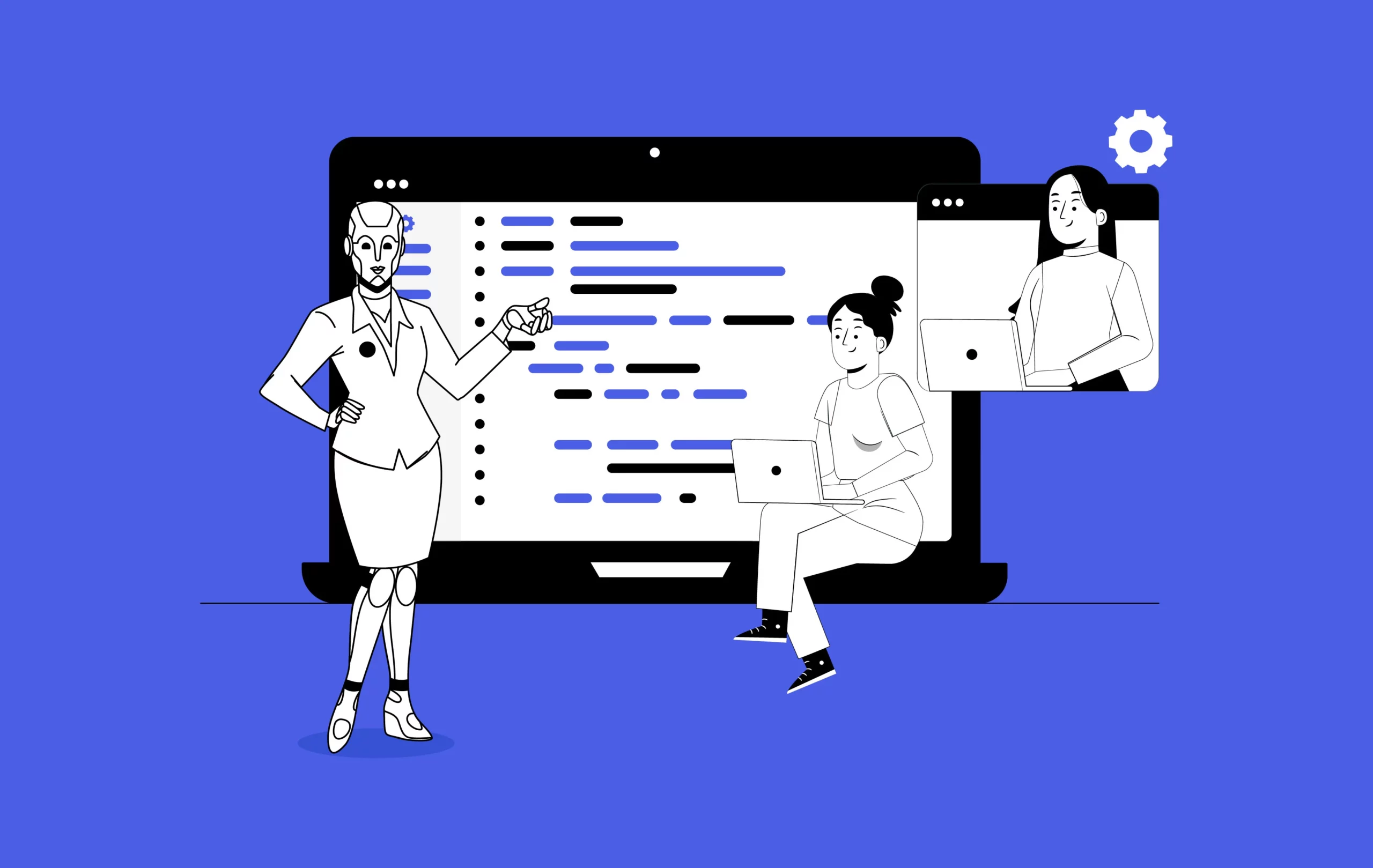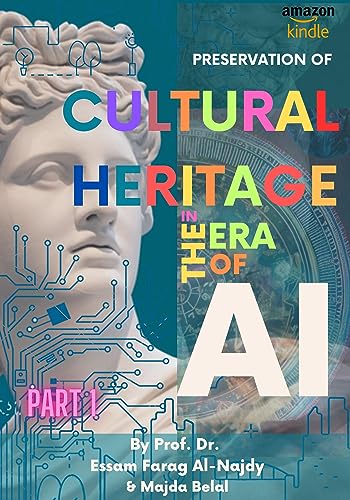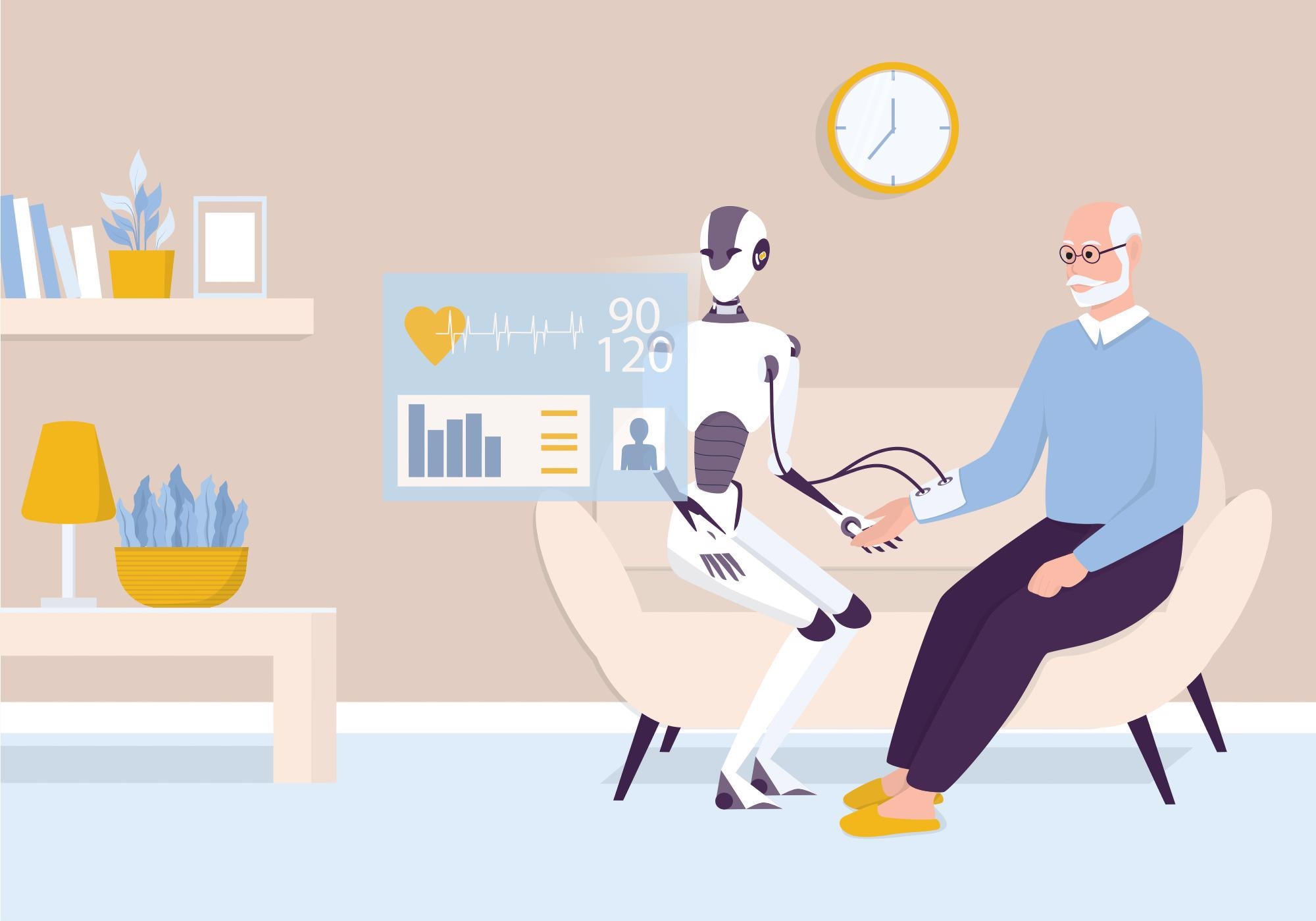Introduction:
In recent years, Artificial Intelligence (AI) has emerged as a transformative force in various industries. Education, too, is undergoing a significant revolution thanks to AI technologies. This revolution is not about replacing teachers with robots, but rather about enhancing the learning experience and making education more accessible, personalized, and effective. In this blog post, we will delve into the ways in which AI is changing the face of education and the exciting possibilities it offers for learners, educators, and institutions.
AI in the Classroom:
Personalized Learning: One of the most significant benefits of AI in education is its ability to personalize the learning experience. AI algorithms can analyze a student’s learning patterns, strengths, and weaknesses to create a tailored curriculum. This means that each student can progress at their own pace, receiving additional support in areas where they struggle and advancing more quickly in subjects where they excel.
Adaptive Learning Platforms: Adaptive learning platforms powered by AI can provide real-time feedback to students, helping them identify areas that need improvement. These platforms can generate quizzes, practice exercises, and assessments that are dynamically adjusted based on a student’s performance, ensuring that they are constantly challenged at an appropriate level.
Efficient Administrative Tasks: AI can streamline administrative tasks for educators, allowing them to focus more on teaching. For instance, AI can automate grading for multiple-choice assignments and even provide insights into student performance, helping educators identify areas where additional support may be required.
Online Learning and AI:
The growth of online learning platforms has been accelerated by AI. These platforms leverage AI in several ways to enhance the learning experience:
Content Recommendation: AI algorithms analyze a student’s behavior on the platform, including their course choices and engagement levels. Based on this data, the platform can recommend additional courses or resources that align with the student’s interests and goals.
Language Processing for Writing Improvement: AI-powered tools can provide students with real-time feedback on their writing, helping them improve their communication skills. These tools can catch grammatical errors, suggest style improvements, and even assess the overall coherence of written assignments.
Virtual Tutors: AI-driven virtual tutors are becoming increasingly sophisticated. These virtual assistants can answer student questions, provide explanations, and offer guidance 24/7, making learning more accessible and convenient.
Challenges and Considerations:
While AI holds immense promise in education, there are challenges and considerations that must be addressed:
Privacy and Data Security: The collection and use of student data by AI systems must be conducted with the utmost care to protect student privacy and comply with data protection regulations.
Equity and Accessibility: Not all students have equal access to technology or the internet. Ensuring that AI-enhanced education remains accessible to all is crucial to avoid exacerbating educational inequalities.
Teacher Training: Educators need training to effectively integrate AI into their teaching methods. Professional development programs are essential to ensure that teachers can leverage AI tools to their full potential.
Ethical Concerns: AI systems must be designed and used ethically in education. This includes addressing issues related to bias and fairness in AI algorithms and ensuring that AI does not replace human interaction and empathy in the learning process.
The Future of AI-Powered Education:
As AI continues to advance, its role in education will only become more prominent. Here are some potential future developments:
AI-Powered Learning Analytics: AI will continue to provide educators with valuable insights into student performance, allowing for early intervention and tailored support.
Virtual and Augmented Reality: AI combined with virtual and augmented reality technologies could create immersive educational experiences, allowing students to explore historical sites, conduct virtual experiments, or interact with digital simulations.
Global Education Access: AI-driven online learning platforms can provide access to high-quality education for students in remote or underserved areas, bridging educational gaps worldwide.
AI-Enhanced Curriculum Development: AI can help educators create and update curricula based on evolving industry and job market needs, ensuring that students are prepared for the jobs of the future.
Conclusion:
AI-powered education is not about replacing teachers; it’s about empowering them and enhancing the learning experience for students. From personalized learning pathways to adaptive online platforms and virtual tutors, AI is reshaping how we teach and learn. However, it’s important to address challenges related to privacy, equity, and ethics to ensure that AI benefits all learners. As we move forward, the synergy between human educators and AI technologies holds immense potential to create a more inclusive, effective, and accessible education system for learners of all ages and backgrounds.






